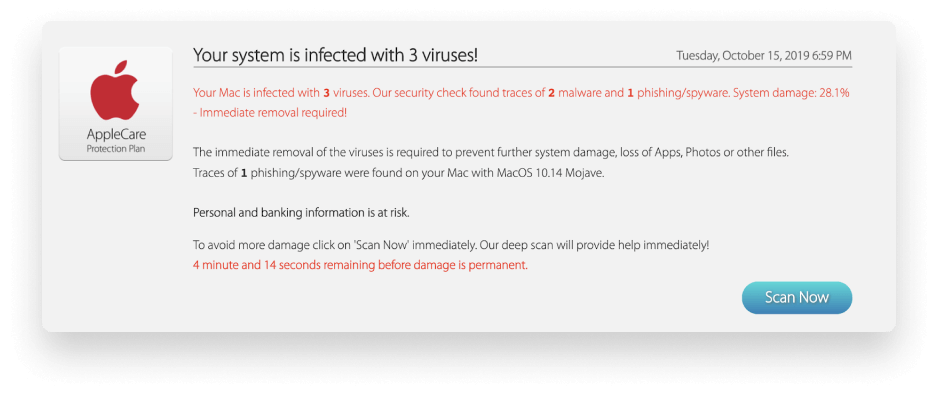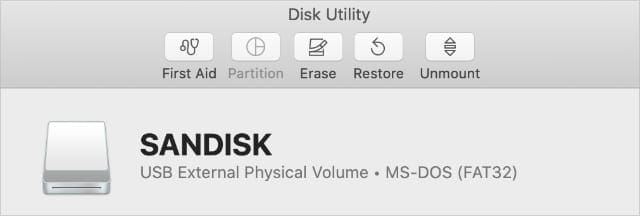
If you don’t recognize the name, Google it. Open up the program associated with the process and see what it’s doing. You might find one program using 100%, or close to it, of your CPU. To get started, open up Task Manager and check the CPU and memory columns for each process. This is usually measured in Central Processing Units, or CPUs. Windows’ Task Manager lists all of your computer’s current tasks, like programs, processes and app behavior, and how much processing power they’re using. Just use the keyboard shortcut CTRL + SHIFT + ESC to get to the Processes tab. Windows gives users the ability to see them easily with the built-in Task Manager. There are a few key ways to see what processes your computer is running. If your desktop or laptop is running hot and a program you don’t recognize is hogging your system resources, there’s a good chance it’s malware. Here are some handy tools you can use to pinpoint nasty applications on your computer.
Best way to erase mac hd and format for new install after being hacked how to#
Tap or click here to see how to keep your gadgets cool. A device that runs cool will last for much longer. Excessive heat also wears out the mechanical components of your device, such as its fans. When a device gets too hot, internal components can melt or become damaged. Needless to say, this can be dangerous for the health of your tech. If your computer is working overtime to handle the unwanted software, that can cause it to heat up.


Programs on your computer can get sluggish or lag, and by the time you finally notice, it may already be too late.

After all, it’s an extra piece of unwanted software - one that intentionally runs your system dry. Malware tends to eat up a lot of system resources.


 0 kommentar(er)
0 kommentar(er)
